A conversation with most successful business owners will reveal that at some point, they needed to ask themselves whether they wanted to keep things as they were or pursue a growth strategy to expand their business. It’s easy to assume that anyone running a company would want it to grow and continue to increase profits. And while making money and a living is a priority for every business owner, increasing profit margins and the growth of a business often encompass other considerations and responsibilities. So the reality of making decisions around scaling your business is more nuanced. For many, business coaching can be a valuable tool in navigating this decision, offering clarity around goals, capabilities, and creating a business support strategy for the best path forward. For now, let’s take a look at some of the factors that might influence this conversation.
Is it important for a business to grow?
Do business and growth always go hand in hand? In business conversations, sustaining growth is often treated as an unquestionable objective. Bigger revenues, more customers, potential new markets, and progress. But is growth the same thing as scaling up a business? And are they always necessary? Is it something that will fulfil you? And importantly, if you do want business growth, how much growth is right for you?
Perhaps the real question isn’t “Should my business grow?” but rather, “What kind of growth aligns with my goals, capabilities, and values?” Whether you’re aiming for business scaling or sustaining, understanding what type of growth you want for your business is the first step to making strategic choices that serve your long-term vision.
Growth and scaling – are they the same thing?
We want to rewind for a moment to the question we posed in the last section. Because, while scaling and growth in business terms sound similar, they represent very real differences that require distinct company development strategies and courses of action. Let’s take a look at some of those differences:
| Aspect | Scaling | Growing |
| Definition | Increasing revenue by adding resources | Increasing revenue without adding equal resources |
| Cost | Rise proportionally with income | Rise slower than income |
| Team size | Typically increases | May stay the same or grow slowly |
| Efficiency | Often stays the same | Improves significantly |
| Focus | Adding more to do more | Doing more with what you already have |
| Example | Hiring more staff to take more orders | Automating orders to handle more volume |
| Goal | Bigger business | Smarter, more profitable business |
Scaling and growing both contribute to business success. Growth brings steady increases in revenue while strengthening customer loyalty, often in a stable and manageable fashion. Scaling a small business amplifies that growth efficiently, often by leveraging systems and automation to expand without proportional increases in cost. Both approaches carry the risk of selling more services than the businesses have the capacity to deliver, making it essential to grow sustainably.
You may be drawn to searching exclusively for scalable businesses for quick success, but it’s easy to forget that personal traits like patience, risk tolerance, and leadership style play a crucial role in scaling effectively. Choosing the right industry and product that matches your own unique traits and interests is just as important. Without alignment, even the most promising scalable businesses will struggle to succeed.
What does it mean to sustain in business?
We’ve talked about different approaches to expanding a business, but what do we mean when we talk about sustaining? This refers to a focus on long-term stability, consistent performance, and incremental improvements rather than rapid expansion. Let’s take a look at some of the defining aspects of sustaining in business.
Prioritising longevity – instead of chasing aggressive market share, businesses aiming to sustain focus on building resilience, adapting to change while preserving core strengths.
Optimising over expanding – the emphasis is on refining operations and product, which often leads to improving customer experience, and deepening existing market presence rather than entering new ones.
Measured, purposeful growth – growth still occurs with a more sustainable approach, but it’s deliberate and paced to ensure quality, employee well-being, and brand integrity. With this approach, growth takes on a different form.
There are numerous reasons why business owners might prefer to sustain, such as not wanting to take on more work or responsibility in terms of hiring more staff or exploring new systems. Some business owners are happy staying as they are once they have achieved a level of sustainable business growth aligned with their goals. Others are happy to keep their current revenue and spend more time away from their business.
Sustaining, growing or scaling – can each mode equal success and good profits?
For anyone in doubt about whether sustaining a business can also mean achieving success, we can observe some well-known businesses that have taken very different approaches to success and growth:
Scaled rapidly with success
These companies expanded quickly, mainly using technology, investment, and scalable systems to grow fast.
Airbnb – grew from a small room-sharing idea to a global hospitality platform in under a decade by leveraging technology and peer-to-peer models.
Uber – expanded aggressively into global markets using a scalable app-based platform and large venture capital funding.
Sustained with success
These companies intentionally maintained a steady size or limited expansion while staying profitable and influential.
Basecamp – a project management company that has consistently rejected hyper-growth, focusing instead on profitability, product simplicity, and a strong company culture.
Patagonia – chooses values-driven growth, often turning away from aggressive scaling in favour of environmental sustainability and long-term impact.
Grown slowly with success
These businesses expanded slowly and deliberately, prioritising stability and long-term value over speed.
Costco – Took decades to grow its warehouse model gradually, focusing on customer loyalty, low prices, and member value before international expansion.
LEGO – After a near-collapse in the early 2000s, the company rebuilt slowly by focusing on core products and gradually expanding partnerships and innovation.
Hybrid growth strategies
If you’re wondering whether it’s essential to choose between approaches, many business owners have a blended approach – so the answer is no – you don’t need to choose strictly between scaling and sustaining. A hybrid strategy can allow you to scale selectively while maintaining the stability and values of a sustained approach. For example, you could expand product offerings or enter new markets only when internal systems and resources are ready to support the growth. This method reduces the risk of your business outpacing its ability to deliver quality. Adopting a hybrid strategy requires strong leadership, adaptability, and a clear understanding of when the right time to push forward is.
Common complications in both strategies
As we touched on above, neither scaling nor sustaining is risk-free. Scaling too quickly can lead to your team becoming over-stretched or stressed. Product quality and customer service are other elements that can suffer with business growth if rapid expansion doesn’t include strategies for maintaining these mindfully. Without a solid infrastructure, your business may collapse under the weight of its own growth, so proper planning and risk assessment are essential when implementing a growth strategy. Before attempting to scale business operations, it’s crucial to ensure your systems, team, and resources are prepared to handle increased demand without compromising quality.
On the other hand, focusing solely on sustaining can result in stagnation and missed opportunities. Customers and markets are evolving at a faster pace than ever before, so being overly cautious can put your business at risk of falling behind. The key is recognising early warning signs in either direction and maintaining flexibility. A strategy that worked last year may not fit today’s conditions without adjustments and forward thinking.
Aligning your strategy with personal goals and vision
The best growth strategy is the one aligned with your business’s mission, market position, and leadership goals. Scaling offers speed and reach, while sustaining ensures depth and durability. Choosing between them – or blending both – requires a clear understanding of what success means to you as an individual and what you want to contribute to your community or world.
Rather than chasing trends, focus on your capacity, values, and long-term impact. Growth isn’t one-size-fits-all. By thoughtfully selecting a strategy that supports your goals and strengths, you’ll be better positioned to navigate change, serve your customers, and create lasting value. If you need advice about how to scale a business, feel unclear about what each approach might look like for you, or even what your values are, talking to a business coach might help illuminate a clearer vision and help you plan with intention. Small business coaching can provide personalised guidance to help you align your growth strategy with your unique strengths and goals, ensuring your decisions support sustainable success.

